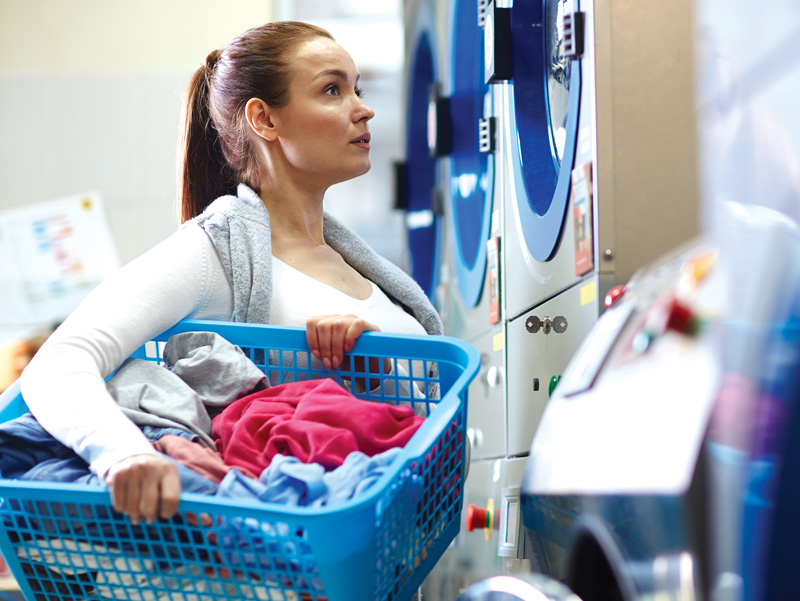I’m short on drying capacity at my store. During the weekends, I have customers waiting for the dryers. Should I add more 30-pound stack dryers, which are what I currently have? Or should I replace at least some of the 30-pounders with larger-capacity stack dryers? If needed, I have enough room to install additional dryers.
If you think you can successful charge more money for bigger dryers, I would replace some of your 30-pounders with larger units. This would help to compensate for the current shortage in drying capacity; plus, you would satisfy the customers who use your larger washers. However, if you don’t think your customers would accept a higher price for drying, perhaps simply add more 30-pound stack dryers to satisfy the demand.
In my experience, I’ve seen laundry owners install larger dryers and then be met with resistance to the higher vend price. You know your customers and your marketplace best, so only you can decide which choice is right for your particular business.
I own a self-service laundry in the Southwest, where I also have a sizeable drop-off business. However, one of the problems I’ve been running into lately is being unable to completely remove odors from some of my wash-dry-fold customers’ garments. I’ve tried various softeners, but I still can’t remove some of the more stubborn odors. Do you have any suggestions, with regard to washing methods and products?
An effective way of dealing with garment odors is to wash the items in warm to hot water – using a 50/50 mixture of baking soda and a quality laundry detergent. Then, follow up with a fabric softener sheet during the drying cycle.
If this method doesn’t work, repeat the process; however, during the last rinse cycle, add Febreze.
It’s important to note that some petroleum smells are nearly impossible to remove without using commercial-grade chemicals. If that’s the case, I would suggest discussing this matter with your local distributor, who can provide you with the correct products for your situation.
I’m introducing a wash-dry-fold service to my vended laundry business. What are the most important components in providing a high-quality wash for my drop-off customers?
There are four components essential to a great wash. They are time, temperature, chemicals and mechanical action. Let’s go through them…
Time: Very simply, the longer the wash cycle, the better the wash.
Temperature: The hotter the water, the better the wash – because the warmer the water, the more the garments’ fibers will spread and, thus, more soil will be removed. Also, heat creates added molecular action, which further works to separate soil from the garments’ fibers. A simple example is to wash your hands in cold water and then wash them in warm water, using the same soap. You’ll find that your hands will feel much cleaner after being washed in warm water.
Chemicals: Clearly, you need to use quality chemicals, as well as the proper chemicals for types of stains you will encounter. Your local chemical distributor can help you with this.
Mechanical action: Frontloading washers produce more mechanical action than toploaders. As a result, they offer a better wash. In essence, frontloaders continually “pick up” the garments and “drop” them during a wash cycle, and that constant action is what cleans the clothes. It’s almost akin to beating the clothes against a rock, like they did back in the “old days.” By contrast, toploaders move clothes from side to side, flushing water through the fabric; this method is not as effective or efficient.
To sum it up, for the best wash results, use frontloading washers and quality cleaning chemicals and detergents. Also, in general, the longer the wash cycles and the warmer the water temperature the better.













